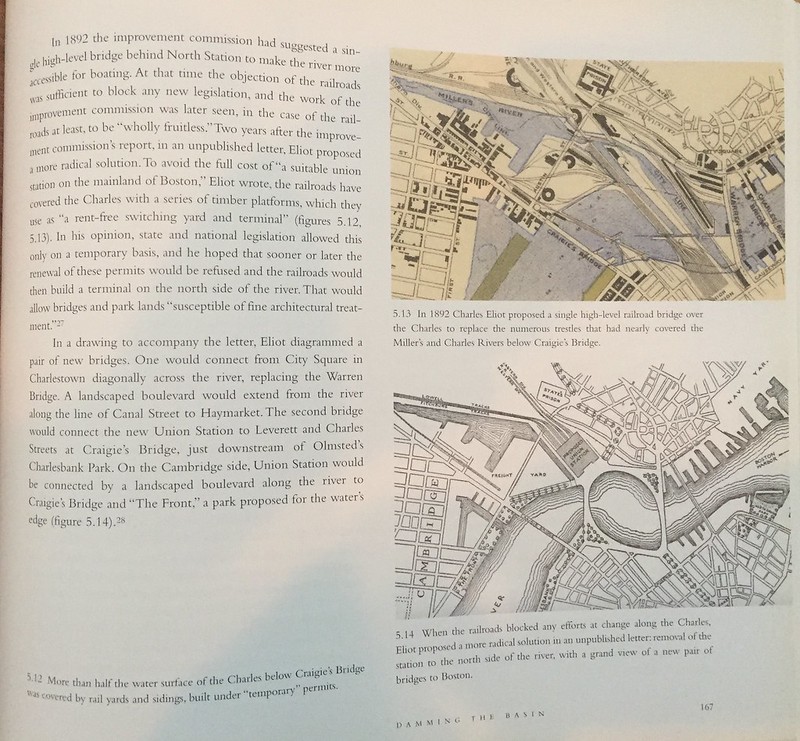Joel N. Weber II
Active Member
- Joined
- Aug 30, 2015
- Messages
- 603
- Reaction score
- 13
Apparently the Neoplan Jumbocruiser was an articulated double decker bus.
Mid coffee crazy idea....Relocate North Station to the rail yards in Cambridge. Remove all the rail bridges over the Charles river into North Station.
And increase capacity of the new green line connection to the red line.
Mid coffee crazy idea....Relocate North Station to the rail yards in Cambridge. Remove all the rail bridges over the Charles river into North Station.
Mid coffee crazy idea....Relocate North Station to the rail yards in Cambridge. Remove all the rail bridges over the Charles river into North Station.
There's a Charles Eliot proposal from like the 1890s to do this too. I think I have a map in a book at home, will try to scan tonight.
This plan was killed by suburban NIMBYs who wanted a one-train commuter rail ride all the way to downtown Boston, and who also didn't want to ride subway trains with less desirable populations.
Let's not imply people opposing this would have been racist. Having people switch to subway would add 10-30 minutes (depending on whether the subway has an express service and how good it is) to a suburban commute. Also the commuter rail services that would have been cut off did not exist at that time.
There's a Charles Eliot proposal from like the 1890s to do this too. I think I have a map in a book at home, will try to scan tonight.

The new casino ferry service could stop directly at the airport.
The new casino ferry service could stop directly at the airport.
Very broad level question here: ideally, what are the best terminal locations for each current line? Not counting commuter rails, and no additional branching of existing lines (converting Mattapan into a proper red line branch is an option).
So, just to get the ball rolling, here’s some not-to-serious suggestions, basically all designed to reach out to the 128 beltway:
Blue Line
Salem to Auburndale/Riverside
Green Line
Woburn (Mishawum) to Riverside
Orange Line
Reading to Needham Heights
Red Line
Lexington to Braintree and Westwood (Rte 128)
Most of these seem like really long lines to have no express service. Don't you think some of these distant communities aren't better served by CR/EMU with many fewer stops? I can't imagine riding the Red Line for 10+ miles as my morning commute... Maybe if you could 4-track the Red Line from Harvard north?
I would much rather see the rapid transit NETWORK in the urban core improved to expand the area of truly walkable city than to expand the hub-and-spoke model ever further into the 'burbs. Granted, your Blue Line concept does indeed improve the network, but not the others.
I’m just posting those to give a starting point. My Red Line to Westwood presupposes upgrading the MHSL and thn hopping over to Fairmont. I figure Mattapan isn’t a particularly useful terminal if I’m truing to extend each line to 128.
